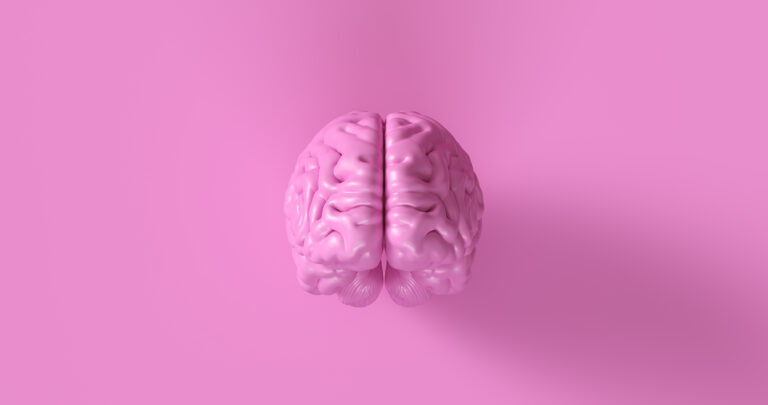Neurocognitive and neurodevelopmental disorders are a group of conditions that affect the brain and its ability to function properly. These disorders can have a significant impact on a person’s daily life, including their cognitive, emotional, and behavioral functioning. They are often diagnosed in childhood and can persist into adulthood.
Neurocognitive disorders, formerly known as dementia, refer to a decline in cognitive abilities such as memory, language, perception, and reasoning. These disorders are characterized by a progressive deterioration of brain function. Alzheimer’s disease is the most common form of neurocognitive disorder, accounting for 60-80% of cases. Other types include vascular dementia, Lewy body dementia, and frontotemporal dementia.
On the other hand, neurodevelopmental disorders refer to conditions that affect a person’s development and brain function during early childhood. These disorders typically manifest in the first few years of life and can affect a child’s behavior, communication skills, social interactions, and learning abilities. Examples of neurodevelopmental disorders include attention deficit hyperactivity disorder (ADHD), autism spectrum disorder (ASD), and intellectual disability.
The exact causes of neurocognitive and neurodevelopmental disorders are not fully understood. However, research has shown that they can be caused by a combination of genetic, environmental, and neurological factors. Certain genes have been linked to an increased risk of developing these disorders, and exposure to toxins during pregnancy or early childhood can also play a role.
Symptoms of neurocognitive and neurodevelopmental disorders can vary widely depending on the specific condition and its severity. In general, individuals with these disorders may experience difficulties with memory, attention, communication, social interactions, and problem-solving. They may also exhibit behaviors such as impulsivity, aggression, anxiety, and hyperactivity.
Diagnosing these disorders can be challenging as there is no single test or diagnostic tool. A comprehensive evaluation by a healthcare professional, including a physical exam, medical history, and cognitive and behavioral assessments, is necessary to make a diagnosis. In some cases, brain imaging or genetic testing may also be used to aid in the diagnosis.
Treatment for neurocognitive and neurodevelopmental disorders varies depending on the specific condition and its severity. In most cases, a combination of therapy, medication, and lifestyle modifications is recommended to manage symptoms and improve quality of life. For example, individuals with ADHD may benefit from medication to improve attention and behavior, while those with autism may benefit from behavioral therapy to improve social skills.
Living with neurocognitive and neurodevelopmental disorders can be challenging not only for the individual but also for their families and caregivers. It is essential to provide support and understanding for those affected by these disorders. This can include creating a structured and consistent environment, providing accommodations and modifications at school or work, and seeking support from therapists or support groups.
In conclusion, neurocognitive and neurodevelopmental disorders are complex conditions that affect the brain’s functioning and can have a significant impact on a person’s life. While there is no cure for these disorders, early diagnosis and appropriate treatment can greatly improve a person’s overall well-being and quality of life. It is important to raise awareness about these disorders, reduce stigma, and provide support for those affected. With continued research and understanding, we can work towards better management and treatment of these disorders.





